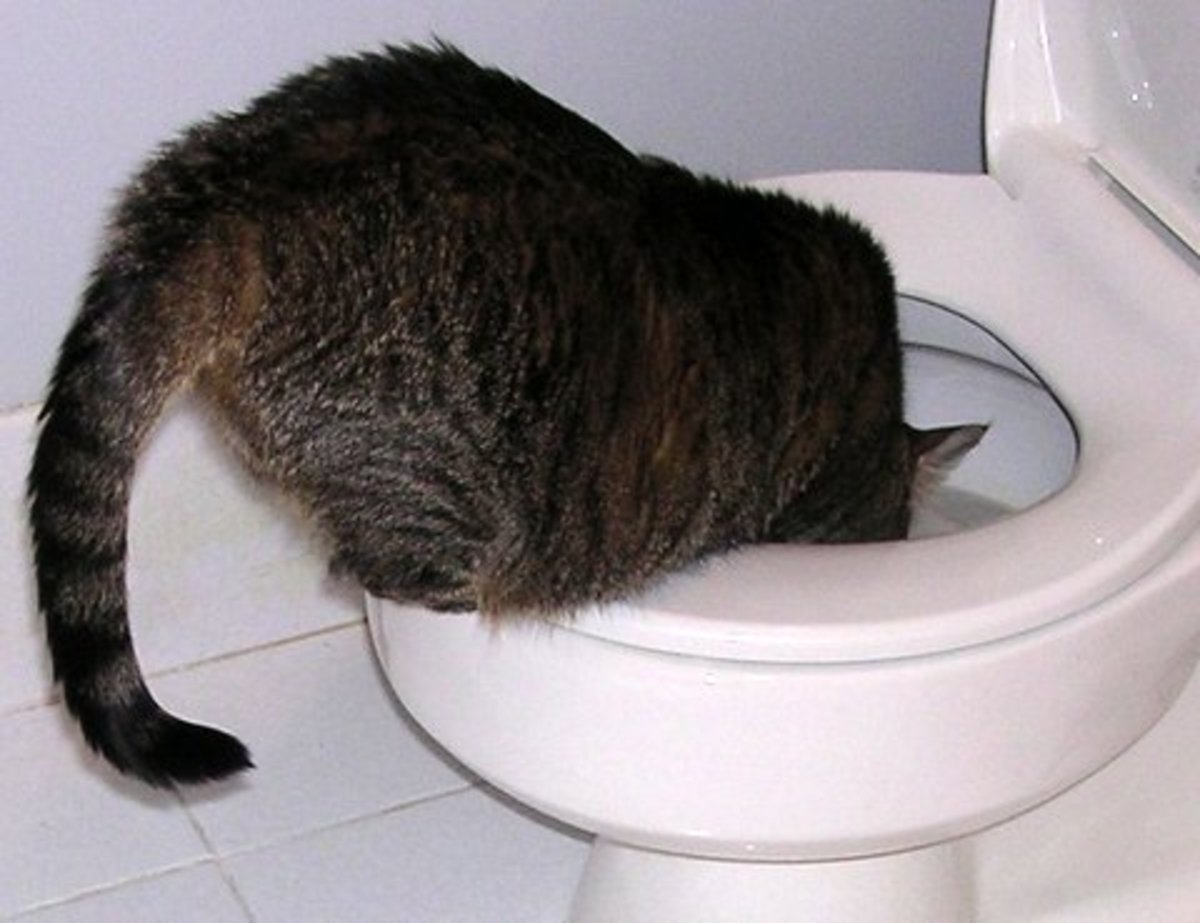Reasons You Should Never Flush Cat Poop Down Your Toilet - Crucial Facts
Reasons You Should Never Flush Cat Poop Down Your Toilet - Crucial Facts
Blog Article
Have you been in search of facts and techniques on How to Dispose of Cat Poop and Litter Without Plastic Bags?

Introduction
As cat proprietors, it's vital to bear in mind exactly how we take care of our feline close friends' waste. While it might appear hassle-free to purge feline poop down the bathroom, this method can have harmful consequences for both the environment and human health and wellness.
Environmental Impact
Purging feline poop introduces dangerous microorganisms and parasites right into the water system, positioning a significant danger to water communities. These impurities can negatively influence marine life and concession water top quality.
Health and wellness Risks
Along with environmental problems, flushing feline waste can also posture health dangers to human beings. Cat feces might contain Toxoplasma gondii, a parasite that can trigger toxoplasmosis-- a possibly extreme disease, especially for expectant women and individuals with weakened immune systems.
Alternatives to Flushing
Thankfully, there are much safer and a lot more liable means to deal with pet cat poop. Consider the following options:
1. Scoop and Dispose in Trash
The most typical technique of throwing away pet cat poop is to scoop it right into an eco-friendly bag and toss it in the garbage. Make sure to utilize a committed litter inside story and take care of the waste without delay.
2. Usage Biodegradable Litter
Choose naturally degradable cat clutter made from products such as corn or wheat. These trashes are environmentally friendly and can be safely disposed of in the garbage.
3. Bury in the Yard
If you have a backyard, think about burying pet cat waste in an assigned location away from veggie gardens and water resources. Make sure to dig deep enough to stop contamination of groundwater.
4. Install a Pet Waste Disposal System
Buy a pet garbage disposal system specifically developed for pet cat waste. These systems utilize enzymes to break down the waste, lowering odor and ecological influence.
Conclusion
Accountable pet dog ownership prolongs past giving food and sanctuary-- it likewise entails correct waste management. By refraining from flushing feline poop down the commode and going with alternative disposal methods, we can reduce our environmental footprint and safeguard human wellness.
Why Can’t I Flush Cat Poop?
It Spreads a Parasite
Cats are frequently infected with a parasite called toxoplasma gondii. The parasite causes an infection called toxoplasmosis. It is usually harmless to cats. The parasite only uses cat poop as a host for its eggs. Otherwise, the cat’s immune system usually keeps the infection at low enough levels to maintain its own health. But it does not stop the develop of eggs. These eggs are tiny and surprisingly tough. They may survive for a year before they begin to grow. But that’s the problem.
Our wastewater system is not designed to deal with toxoplasmosis eggs. Instead, most eggs will flush from your toilet into sewers and wastewater management plants. After the sewage is treated for many other harmful things in it, it is typically released into local rivers, lakes, or oceans. Here, the toxoplasmosis eggs can find new hosts, including starfish, crabs, otters, and many other wildlife. For many, this is a significant risk to their health. Toxoplasmosis can also end up infecting water sources that are important for agriculture, which means our deer, pigs, and sheep can get infected too.
Is There Risk to Humans?
There can be a risk to human life from flushing cat poop down the toilet. If you do so, the parasites from your cat’s poop can end up in shellfish, game animals, or livestock. If this meat is then served raw or undercooked, the people who eat it can get sick.
In fact, according to the CDC, 40 million people in the United States are infected with toxoplasma gondii. They get it from exposure to infected seafood, or from some kind of cat poop contamination, like drinking from a stream that is contaminated or touching anything that has come into contact with cat poop. That includes just cleaning a cat litter box.
Most people who get infected with these parasites will not develop any symptoms. However, for pregnant women or for those with compromised immune systems, the parasite can cause severe health problems.
How to Handle Cat Poop
The best way to handle cat poop is actually to clean the box more often. The eggs that the parasite sheds will not become active until one to five days after the cat poops. That means that if you clean daily, you’re much less likely to come into direct contact with infectious eggs.
That said, always dispose of cat poop in the garbage and not down the toilet. Wash your hands before and after you clean the litter box, and bring the bag of poop right outside to your garbage bins.
https://trenchlesssolutionsusa.com/why-cant-i-flush-cat-poop/

I'm certainly very focused on Can You Flush Cat Poop Down The Toilet? and I hope you liked the blog post. Are you aware of someone else who is fascinated with Can You Flush Cat Poop Down The Toilet?? Why not promote it. Thank you so much for your time spent reading it.
Click Here Report this page